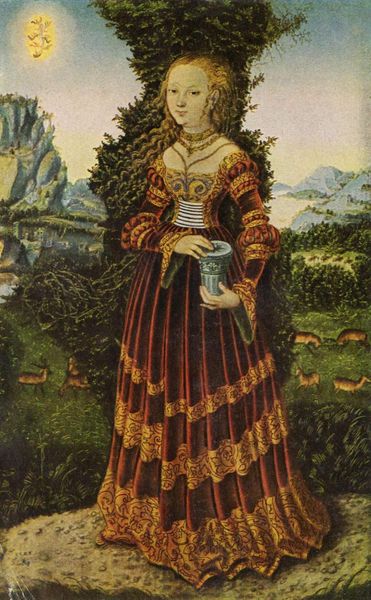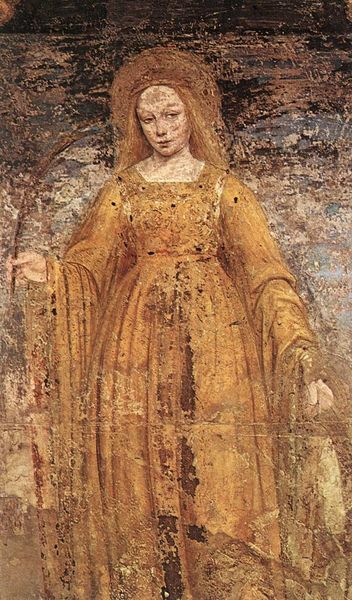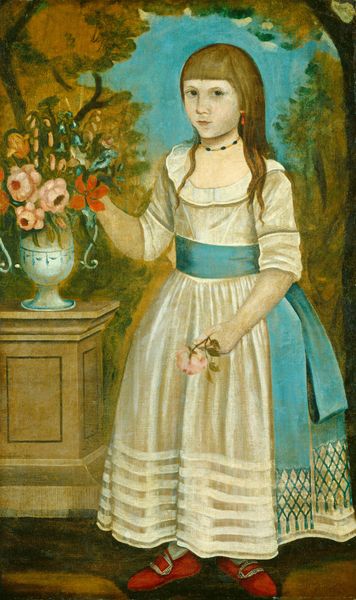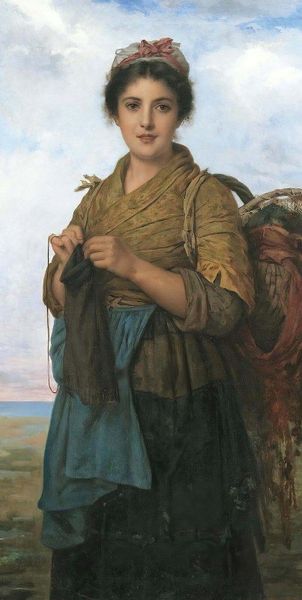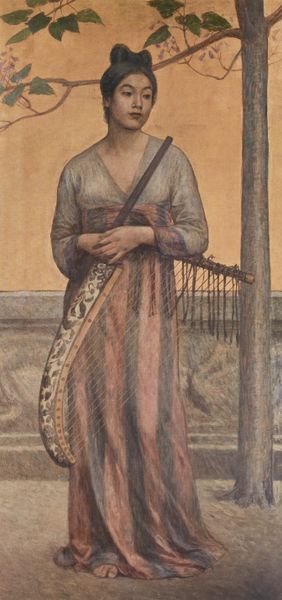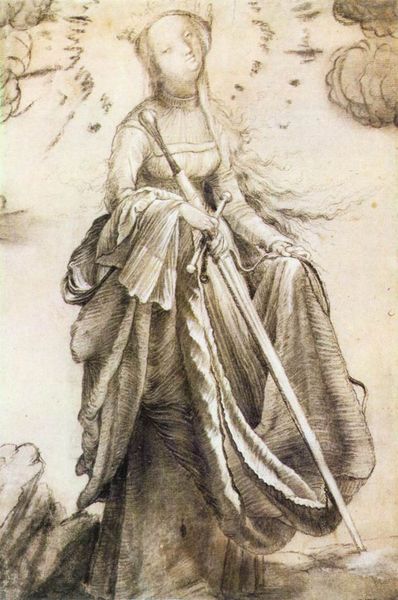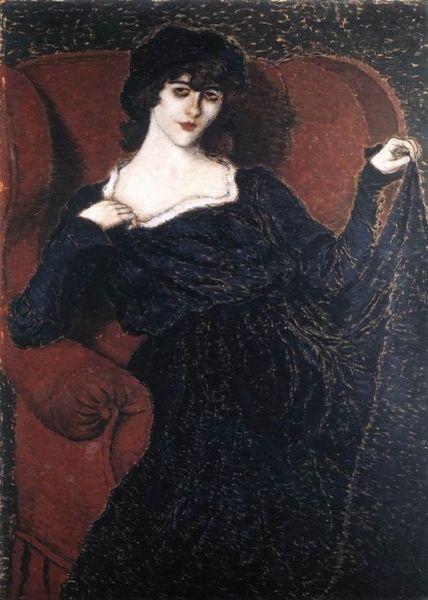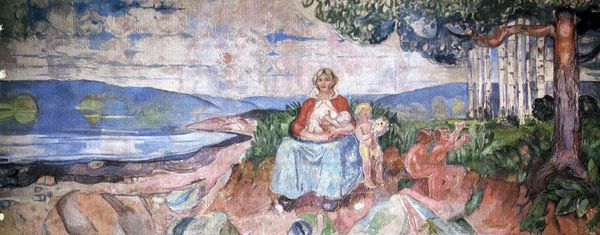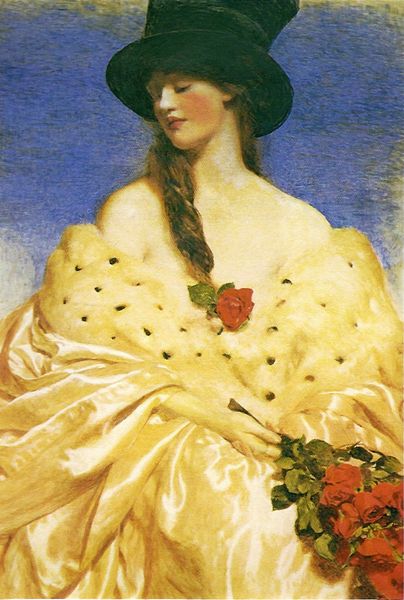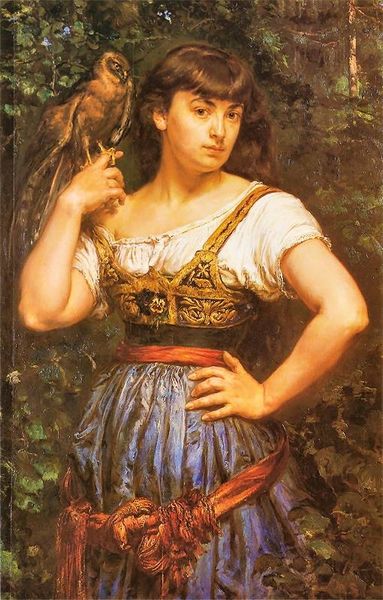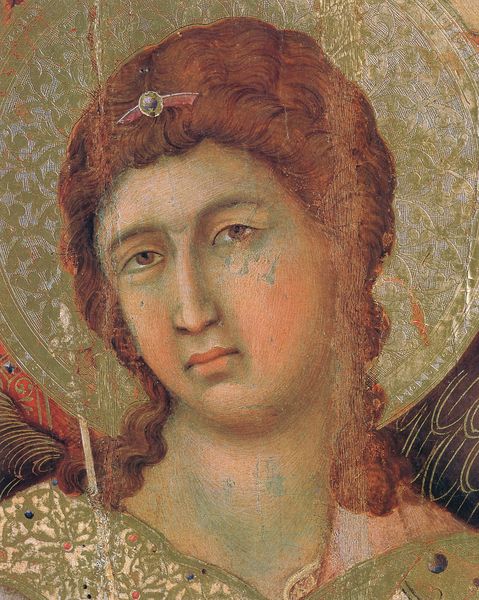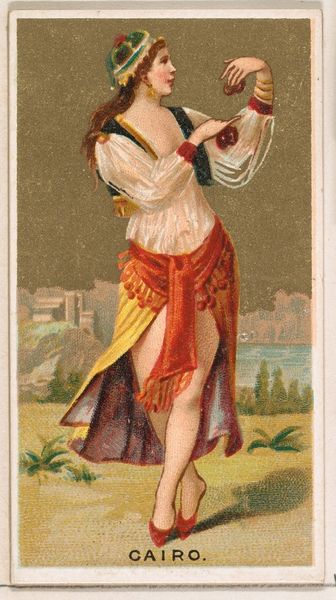
painting, oil-paint
#
portrait
#
painting
#
oil-paint
#
landscape
#
oil painting
#
academic-art
Copyright: Public domain
Curator: Well, isn't this something? Paul Cézanne’s "The Four Seasons, Summer," painted in 1861. The piece hangs here at the Petit Palais in Paris, France. I’ve always felt a strong connection with its somewhat clumsy handling of academic artistic tropes. What do you make of it? Editor: It's surprisingly tranquil! A real sense of gentle ripeness, not like the overly polished portraits we usually see associated with "summer." The palette, though subdued, breathes warmth. And look at how he renders the woman—quite unlike the hyper-idealized figures of that period, wouldn’t you say? Curator: Absolutely. The art world, including official Salon exhibitions, largely favored such academic works and portraits. It’s fascinating to see the younger Cézanne grapple with conventional subjects. In art history, many view this earlier work in contrast to his later landscapes, almost as student pieces. It's important to understand where these portraits sit institutionally, and this early exploration plays directly into what we know about his later periods. Editor: Precisely! The brushwork is loose, almost impatient. She is sitting amidst the symbols, a bounty of harvested wheat and luscious fruit spilling at her feet. There’s a charming awkwardness in her posture. It’s as if he’s captured a moment of honest, sun-drenched fatigue. Curator: See the heavy outline of the watermelon slice there? Also, his approach to portraying the labor is quite interesting. Academic portrayals during this period are so focused on glamorizing, whereas Cézanne acknowledges its place in summer time by portraying her seated. Also, is she looking up? Or towards the wheat? Is she looking out towards the viewer? And all these decisions feed back into these institutional choices about representation and style that Cézanne explores later in life. Editor: And maybe, just maybe, it’s not solely fatigue, but quiet satisfaction. The simple beauty, the fullness of the season… there’s something deeply human about this portrayal, escaping academic stuffiness and celebrating the essence of summer, not some overly allegorical representation of it. A quiet victory, I’d venture! Curator: I see what you mean. Thinking about what we said about this work—his initial representation here does signal something bigger. The raw energy speaks volumes when you trace the historical moment through our contemporary understanding. It also highlights, or at least foreshadows, a kind of shift of the guard... It gives you such hope! Editor: Ah yes! Summer is but a whisper of the changing leaves ahead... Beautiful.
Comments
No comments
Be the first to comment and join the conversation on the ultimate creative platform.
